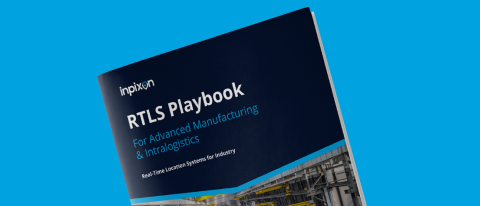While the use of smartphones and personal devices in government offices is a contentious topic among management, the reality is that these devices are increasingly ubiquitous amongst the global workforce and are continually growing in numbers. To date, many organizations have opted to issue blanket statements declaring agency sites as smartphone-free zones. These smartphone bans, while designed to mitigate the risk of remotely hijacked cameras and microphones within government facilities, can leave many employees feeling isolated and unproductive.
For example, in the Pentagon, not even government-issued phones are permitted within offices and meeting rooms. This operating practice was first codified in November 2017 for all agencies dealing with classified information through a directive issued by the Committee on National Security Systems (CNSS), an interagency committee led by the Department of Defense (DoD), and further formalized in May 2018 through a mobile device ban published by the Deputy Secretary of Defense. But there are compelling reasons that may make your agency reconsider that stance, and modern indoor wireless security technology means that government sites can embrace and enjoy the many benefits of mobile devices while still keeping their wireless environment secure.
Recruitment
The inability to bring one’s phone to their office is a huge deterrent to today’s workforce. Employees want to be able to bring their phones to their desks. This is especially true for the younger workforce, who typically monitor their smartphones to keep an eye out for emergency text messages from their children’s school or during family emergencies. While it’s important to respect highly sensitive spaces and designated no-phone zones, if your agency relies upon a blanket smartphone ban, you will be losing access to a huge talent pool by not accounting for the pervasiveness of mobile devices, or how critical they are to employees.
Retention
Zero-tolerance device policies also have the potential to rule out an aging workforce as well, as wireless transmissions are not limited to smartphones. They can also include medical devices including ranging from pacemakers to hearing aids. A workplace where employees need to remove their hearing aids before entering the facility can not be considered a very effective one. It’s imperative that a mobile device security solution enable whitelisting employee medical devices so that complete situational awareness of all transmissions within a building is not only maintained, but also ensures that protocols won’t accidentally automatically disable an employee’s pacemaker.
Enable Productivity
A 2016 Frost & Sullivan survey showed that the average government worker loses 52 minutes of productivity time per day – and 28 percent in overall productivity – without a smartphone at work. Smartphone bans, and especially those which include government-issued devices, inhibit government employees’ ability to be more effective. In the modern workplace, work happens between the boardrooms, and often away from the desk, and mobile device bans unfortunately have adverse effects on productivity levels.
By employing a location-aware wireless intrusion detection system in conjunction with a mobile device management solution, federal agencies are better able to unchain federal employees from their desks and give them the tools they need to best do their jobs. Security and innovation are not mutually exclusive, but it is only through bold thinking, strong security partners, and mobile technologies that federal agencies will be able to turn the tides on productivity, retention and recruiting.
Contact us to learn more about how to empower employees in high security government facilities.


-3.png?length=1000&name=Inpixon%20LinkedIn%20Banner%20August%202025%20(2)-3.png)

